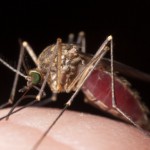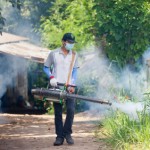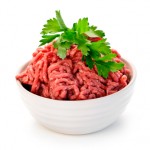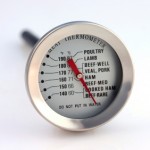I was reading two articles, in our local paper last weekend when I realized I was channeling Yogi Berra and his famous quote, "It's déjà vu all over again. What's happened is a return to Herodotes, the Greek historian (5th century BCE) who told of a fountain in Ethiopia responsible for extraordinary lifespan and to Ponce de Leon, the Spanish explorer who traveled on Columbus' second voyage (1493) and described the Fountain of Youth, supposedly found in Florida.
Now we have a huge contingent of baby boomers (estimates in the 70 million range) who are about to reach 65 and don't want to grow or look older. The market for anti-aging remedies is currently about $80 billion a year and is expected to top $110 billion in the next four or five years. We live in a society that worships youth and many of our compatriots are being sold magic potions that some claim will prevent aging or at least most of its signs.
One of the articles had an amazing photo of Dr. Jeffrey S.Life, age 72, a body builder and author of a book titled The Life Plan: How Any Man Can Achieve Lasting Health, Great Sex and a Stronger, Leaner Body. You can buy this $26 book for $14.94 on Amazon, but I think I'll skip it.
Dr. Life's program includes diet, exercise and a healthy lifestyle; it also features, for at least some of his patients, injections of human growth hormone (at roughly $15,000 a year) plus testosterone.
The data on these hormone replacement regimens is, to say the least, not as rock solid as Dr. Life's toned torso. The NIH has a division called the National Institute On Aging (see link below), and the Geriatrician who heads this organization is solidly against widespread use of hormone replacement therapies.
http://www.nia.nih.gov/
What makes sense to me is exercising regularly, staying lean (or getting there) and stopping smoking. I noted that Dr Life's mentor died at age 69, a long ways short of my physician Dad's 94-year lifespan. Dad ran most days until his late 70s, stayed trim and quit smoking as a young doc when he realized he had three cigarettes going in three ashtrays in his three-room office.
I think many baby boomers and others would like to find a magic bullet, a tonic or elixer that would allow them to eat what they want, do what they want and live to 100.
Until you show me a long-term, controlled study that points that way, I think we're as shy of the Fountain of Youth as we were in the days of Ponce de Leon or Herodotes.
Eat less and spend your money on a health club membership or a pair of running shoes instead.

















